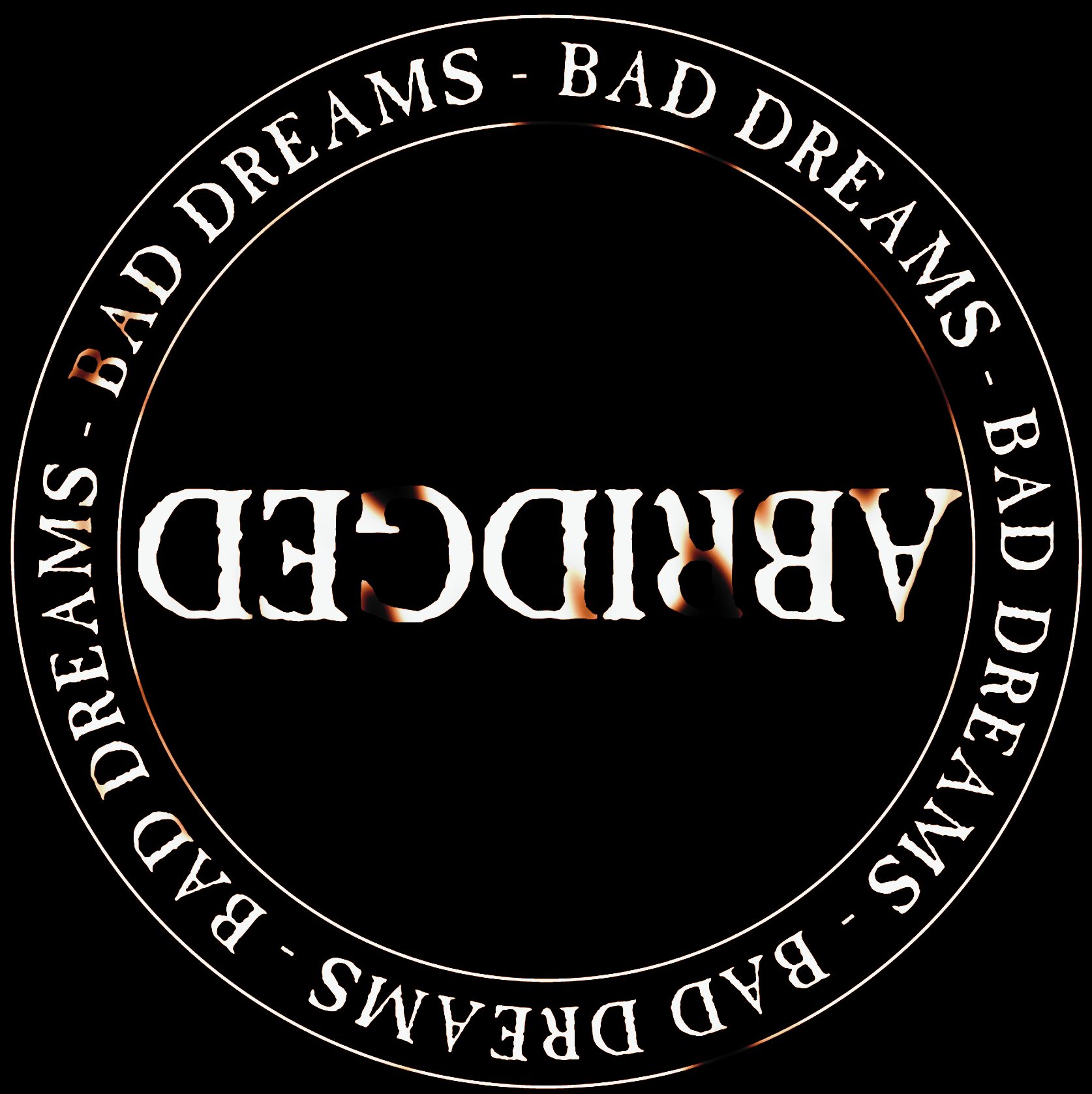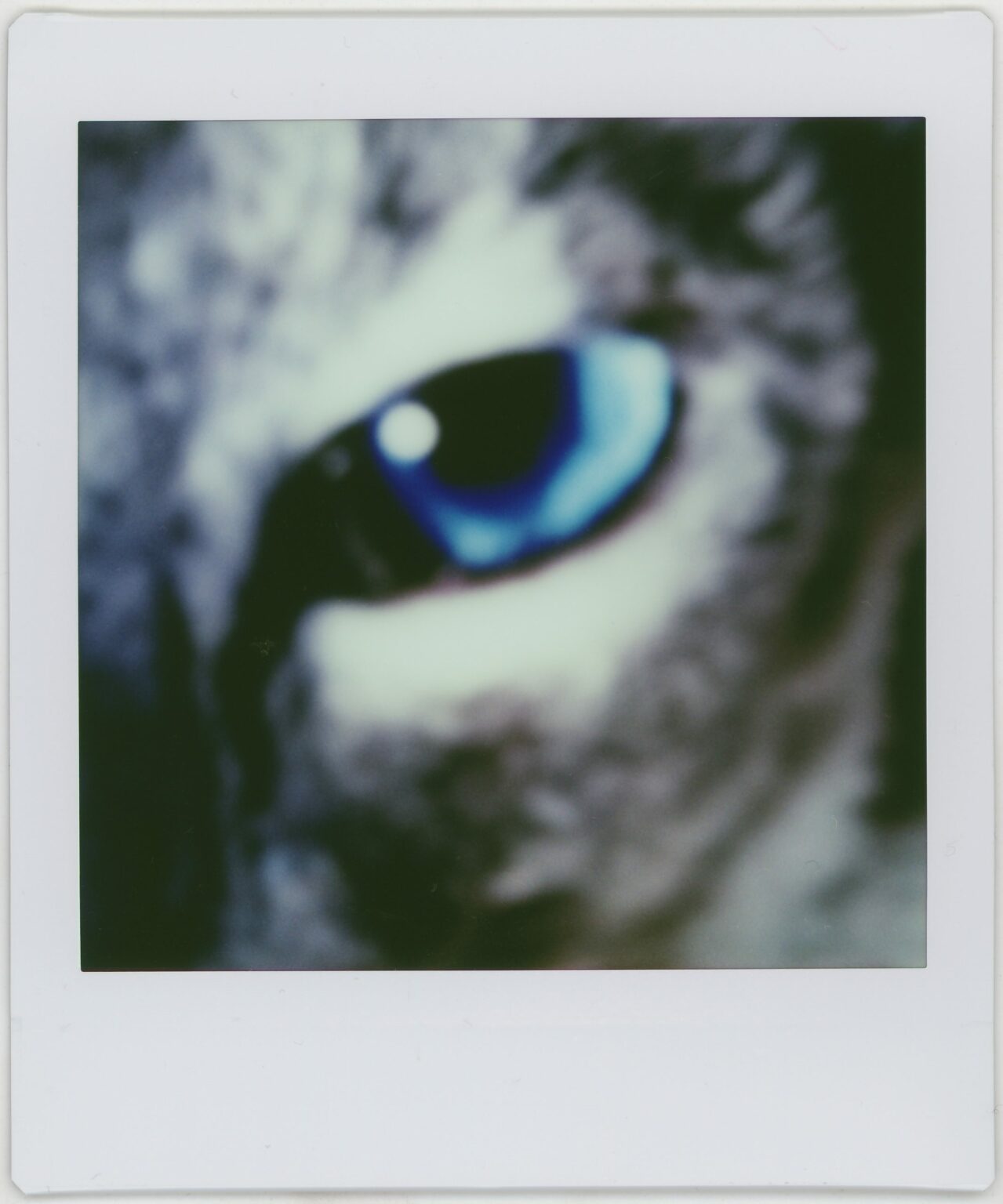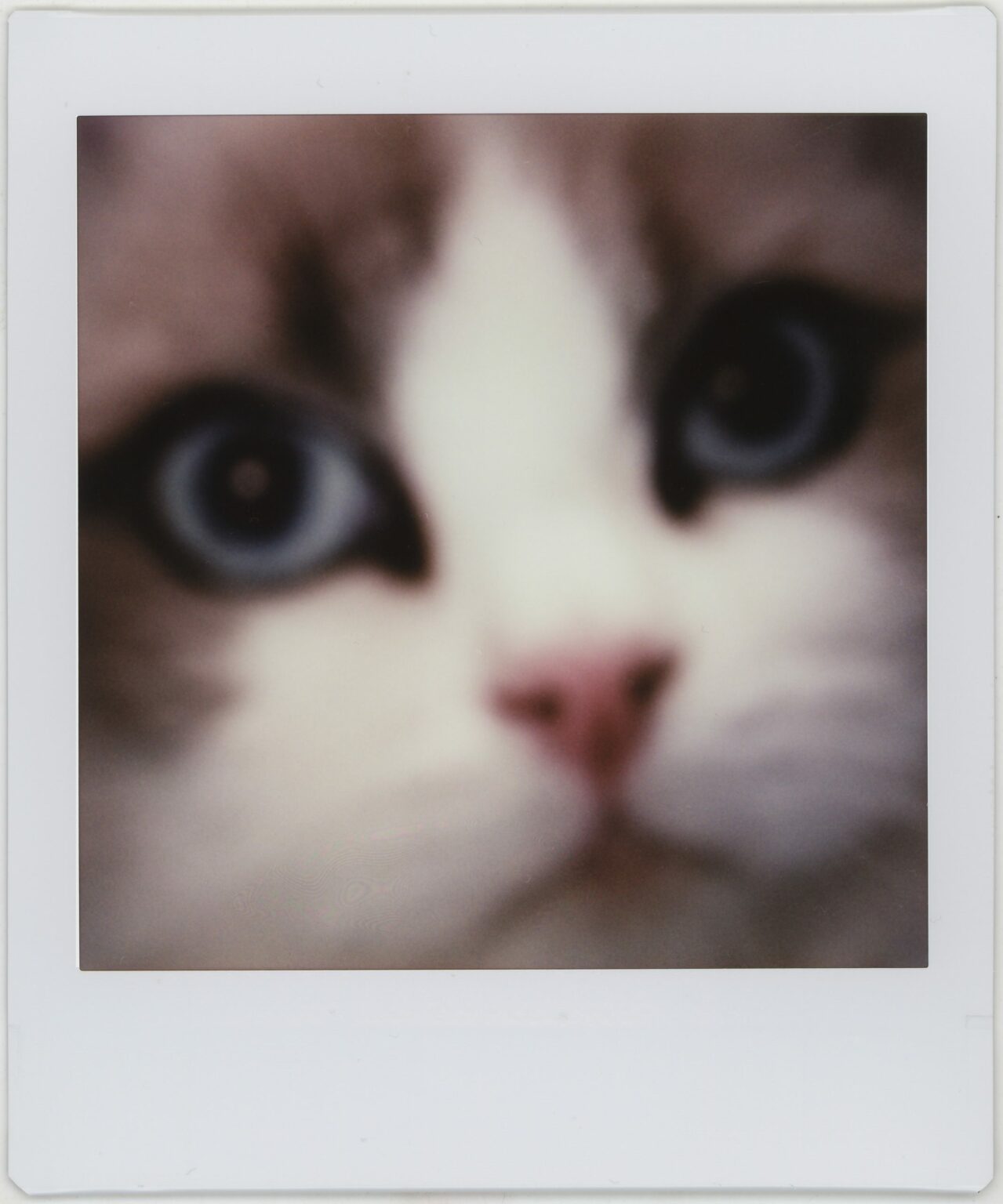The Merits of Tracer Fire was originally a title of a long-lost poem written by one of the Abridged personnel. It explored the various small towns during The Troubles that only seemed to become visible when there was an atrocity and local (occasionally international) TV news crews were dispatched to report to us at teatime. The towns were then coded in an equilibrium of action-reaction, attack and retaliation. And we all became binary. The codes of childhood that said don’t go to the place with the (insert as appropriate) flags or particularly painted kerb-stones are hard to escape, even in this all-connected if still fragmented age.
Of course, we were all, if not pretty comfortable, at least used to our individual programmes, until the Covid pandemic resulted in a radical reimagining of our lives and how we interact with people and places. Distance became official and intimacy potentially lethal. New coding inevitably has bugs and by this stage (late 2020) people are confused and resentful at the various fixes and patches streaming from our politicians.
Then there’s the people offering alternative realities, those conspiracy theorists who see Satan worshipping, child-abusing, world governing elites behind our new coding. They may be ridiculous but they’re gaining a foothold, particularly on the internet and they muddy the water enough for people to begin to believe in them. The internet is closing time at the biggest bar in creation, brim-full of frustration, violence and anger interspersed with the odd moment of beauty and inspiration and its reality has bled into the everyday changing our modes of operation often subconsciously, without our realisation.
And what of the future? We had one other poem title that seems to sum up any potential new world: ‘We’d step into the Light if we could take the Darkness with us’.
Thanks go to the Arts Council of Northern Ireland who generously funded this commission and have helped us in these difficult times. Thanks to Dragana Jurišić, Sarah Cave and Daryl Martin for taking part in this commission. Thanks to Verbal, Golden Thread and all our other supporters plus of course to those readers that have stayed the course throughout this weird and very trying year.
On Tracer Fire
Susanna Galbraith
Now find a WikiHow on how to ‘fold yourself into a box marked ‘safe’’
– Sarah Cave, ‘on listening for ghosts at the bedroom door’
Tracer Fire were missiles that, in being fired, marked out their trajectory. They left a trace ((noun): something left behind by something else that has gone). To trace (verb) is to discover by investigation, to take a path, to follow a line. A trace is a unit of code, a type of sign to be read; it is by way of codes that we can trace our way through the worlds in which we move and live.
My niece is one and a half. She is learning to speak to us in the language she has learned from us about the world she occupies with us. Getting steadier on her feet, she loves to play with the football in the garden. She says ‘ball’. In the kitchen she is given an apple, shown a melon. ‘Ball. ‘Ball?’ Every pig must also be ‘Peppa’, the friend from screens, TV, phone, I-pad. Her first trip to a farm is a shock, the unprecedented smells, the sounds, the enormous muddy paleness of the animal she thought she knew the word for, that here snorts rather than speaks, the twisting tension of the categorisation. ‘Peppa?’
‘Code’ comes from codex: a manuscript; an official list (of medicines, chemicals, statutes); a block of wood. This is the etymological trace of ‘code’, the meanings tucked in its pockets. The story of the word ‘code’ is of the division of solid wood into leaves of paper and the rebinding of those leaves into a single object again, what we refer to as a book. And with the book remains the ostensible insistence of a fundamental unity: one object with limits, (one author, one argument), solid, with defined edges.
Codes and safety not only overlap but are often mutually determinative. Code of conduct. Highway code. And, in our everyday, the codes of conventions and language itself (the codedness of which usually goes unnoticed) let us feel at home in the world, in control and in the know. Codes are agreements that we usually take for granted, that seem to offer security and stability in their patterns. Codes are what we use, constantly, to distinguish between one thing and another, to thereby orientate. They erect walls, limiting, but at the same time they lay paths and open windows, facilitating movement, facilitating views. In the operation of the code – that is, any system of symbols, signs, conventions, rules, any shared language – is always a simultaneous potential for movement and solidification. Codes are, in effect, architectural.
Even so, it is instantly overwhelming to try to think or talk about codes. As I sit with the subject matter the world starts to splinter into the complex minutiae of its codes, the tiny cogs, swarms upon swarms of intricate systems churning around me, blurring. Codes are something we can never quite step outside: they are everywhere, and we exist within them. To know is nearly always to decode, a process that exists between us and that. We often forget this, unaware of our constant reading of our surroundings against systems of conventions and rules of relation, that our knowledge isn’t innate or direct but generated through these. The world is coated in code, multifarious and muddled, both sticky and slippery.
It is even more overwhelming to think about codes online, a world that adds numerous layers to the din of codes that already squirm about our offline lives. There are codes we use, direct and change, and codes by which we are used, directed and changed. To try and think about it is like being pulled under a wave. We are swimming, but also drawn by invisible currents, and we are always in it, simultaneously active and passive participants in coding and decoding, and the growth and adaptation of the logic of codes we exist within.
‘Text is that social space which leaves no language safe…’; ‘… like language, it is structured but off-centred, without closure’; the word text ‘refers to the image of an organism which grows by vital expansion, by ‘development’.’ [1] In the 1970s Roland Barthes distinguished the idea of ‘text’ from ‘work’. The latter term refers to the traditional notion of a piece of writing, for example, that closes on one ‘signified’, one meaning, that is unitary and might be conceived of as a single object with a single authorship, solid, like a book, a contained system of resolving rules. [2] As such, it echoes the etymological load of the word ‘code’ (see above).
Text on the other hand, in Barthes’ conception, breaks down the solidity and the security offered by these connotations; every reader of a text is complicit in the writing of it; decoding is re-coding, the signified meaning shifts, the system morphs, the closure infinitely deferred. Though we often rest on (or resent, depending on our need) the idea of its immovability, its security, language is also parallel with this mutable text-ness: all active communication is movement, and the codes that are close to us in daily life, that we are adhered to, are not static but moving, changing, constantly making new connections. The text of our communal life (‘text’ from ‘texture’) is continuously rewoven.
‘[T]he metaphor of the text is that of the network.’ [3] I’m inclined to think of the operations of codes in our online existence as having an accelerated text-ness, in this sense. Online is a monstrous expansion of ‘social space’, an enormous ‘network’ of networks. There are more and more connections to be made at rapid speed, across vast cultural and textual terrains, exchanges made via various and mutating media. We have seen the units of our language, our communicative codes, change and become turbulently various, as we use images, video, fragments of media and other texts as well as words to speak, their usage migrating and connotations transforming like plant-life in a time-lapse film.
Moreover, inside the digital world, its unreal non-materiality, there is a synthesis of texts. The physical definition and boundaries of the book (the ‘codex’ and the ‘work’), to give one example, are gone. We read and watch and listen and play fragmentarily, to many texts at once, scrolling, opening and closing tabs, interweaving our strands of attention. The only ‘real’ boundaries are the surfaces and edges of our screens, though even this, in experience, is ambiguous. Playing amongst the networks, we are constant active writers and developers of the cosmic text, code system, of online.
This is an image of freedom, of creativity. But a freedom too vast for us to comprehend, or even, perhaps, to desire. Within such freedom, such expanse and rich chaos, it is human nature to seek both orientation and shelter (architecture, safety, home). And in this lies the power of the algorithm, another side to the story of the coded world of online. The digital world is, at its foundation, fabricated out of the invisible code of binary that underlies the chimera of structures and units we (the average person) perceive and decode in our online life. Here, however, algorithms are another ‘invisible’ network of code systems that construct the architecture of our experience. And with algorithms we are not merely the readers but the read, the coded.
An algorithm is a set of rules to be followed. They are systems that solve ‘problems’, decide on direction based on construed information, x + y = this-way-forward. We are becoming increasingly culturally aware of how algorithms structure our paths so it becomes difficult to get off road, beyond the frame, into the unfamiliar where things lack clarity, are hard to recognise, don’t fit the code of our day to day (like at the pixelated edge of an old video game). Algorithms read us, our ostensible desires and behaviour. They interpret, reorientate, read, interpret, reorientate, all behind the scenes, behind the wall of the corridor they carve out for us. Our experience shifts, and loops back on itself, because everyone wants (when afraid) what is familiar, to feel at home.
This echo-chamber of algorithm networks is powerful in itself, but also because it isn’t working entirely against us. Rather, algorithms bolster a tendency that is already part of our behaviour, how we are coded: to stick to the paths we can recognise, to stay with what we know, to build a territory.[4] And so with the algorithms we slip so easily, becoming increasingly blinkered and out of control of the maps we live and orientate by, taking paths, as in fairy tales, that lead us back to the same place, the same markers, leaving a crumb trail behind us to be read by those who will benefit from stalking our desires and preying on our weaknesses (the word in marketing is ‘targeting’). That is, leaving our trace, which is then traced.
‘… “Terra Incognita,” unknown land. The phrase was common on old maps… and is seldom found now. Between words is silence, around ink whiteness, behind every map’s information is what’s left out, the unmapped and unmappable. One of those in-depth local or state atlases that map ethnicity and education and principal crops and percentage foreign-born makes it clear that any place can be mapped infinite ways, that maps are deeply selective.’ [5] In Field Guide For Getting Lost, Rebecca Solnit, speaking so of mapping, cites various categorisations of the ‘known’ and ‘unknown’, known unknowns and unknown unknowns. [6] While the former might be understood as a lack of knowledge that is coded, marked on our maps, the latter is uncoded, and therefore unseen.
A counter-pull to the inconceivable expanse of new information from corners across the globe ostensibly offered by the internet, algorithmic systems help us to leave the unknowns of our world unknown, supporting our underlying fears of that unknown, that which is other, for which we don’t already have a word that is some sort of control. ‘The terra incognita spaces on maps say that knowledge too is an island surrounded by oceans of the unknown, but whether we are on land or water is another story.’ [7]
When I was little I fantasized about being a pirate (in an old-fashioned sense). It had nothing to do with the pilfering, but with another aspect of the rebellion piracy represented. It was the idea that you could get in a boat and disappear, abandoning your identity for unknown territory. I despaired at how impossible this seemed now, how floodlit the world was with mapping and identity tracing, passports and satellite technology. In other words, how held in place we were by codes. And over the oceans of the internet, it seems even more impossible for the average explorer to travel without a name, leaving no trace.
When we move through online, though we feel we are pioneers, often we are more like passengers. When we can’t see the map, how can we come to know the raw unknowns we have been steered around? The map is the wood, and we stay fixated amongst the trees. Apparently only by ‘going Incognito’, supposedly making ourselves unrecognisable, uncoded, might we feel we can stumble upon them, from real-price airline tickets to adverts for political parties we don’t usually support. But even this idea of being ‘incognito’ is largely an illusion. We are still tracked, our behaviour still traced from our first footprints.
The terminology used for our life online often tells of its paradoxes. These words, too, are coded, shifting old signifiers on to new experiences, carrying the trace of historical ideas (one of the oldest advertising techniques in the book). The brand names, like Internet Explorer and Safari, speak to the idea of the freedom, the expanse of the internet and what we might discover. Then there are the old terms ‘web’, and to ‘surf’ the ‘net’. Surf connotes play, adventure. Net and web, connection. But deep in these words we might also find something of the reality that most of us are caught, guided by structures (nets, webs) that are built around us, to accommodate us, satisfy us with familiarity, not directing our own movements through the expanse but riding the tides and currents, surfing the waves that return us over and over to the same shore.
The central paradox of the code is that it is both obstacle and bridge: a skin. Codes are the medium of barriers, and also of empathy, touch. It might be said that there is something of a loss and something of a gain, even an intimacy, involved in every event of coding and decoding, of communication, in every sign. Codes are always limited, imperfectly aligned with subjective thought and with other codes. Things get lost down the cracks in the exchanges, just as things come within reach. (Think of a phrase pushed through Google translate, from one language to another to another, the slippage through synonyms).
(Semiotics 101… ) there are different types of sign in our coded world. One of these is the index which, unlike others, bears a physical relationship to its referent. An index is the trace of something, that which it has left behind (like a footprint that ‘reads’ a human was here). There is a feeling of intimacy that comes with the index through this physical connection, but also a feeling of loss. It is an absent-presence, a present-absence, and a reminder of removal as well as proximity.
Chemical photography is indexical, photographs bearing a physical trace of the light reflected from their subjects, the shadows about them. Polaroids have additional layers of intimacy built into their mechanism. They are instant, emerging as image not in the isolation of darkroom but in the rooms and moments in which they are made. They are small frames, intimate spaces, showing only a fragment, stimulating the erotics of the photograph, taking ‘the spectator outside its frame’, alluding to the invisible. [8] And they are small objects, things that might be carried in pockets and tucked away in bedside drawers. As a medium by which any non-professional might commit private moments with friends and lovers to material memory with no need for a mediator, before digital photography came on the scene, they are loaded with these connotations of closeness, of touch, of the personal, (the pornographic, as Carol Mavor suggests). [9]
Pre-digital, Polaroids were valued for how they allowed for viewing and appraising a snap almost instantly so it could be retaken, if needed, with adapted pose, in the moment. Digital photography made this redundant, allowing checking and deletion on the device itself, before even committing an image to materiality, all traces of trial and error potentially eradicated. The persistence and recent revival, fetishisation even, of the Polaroid is probably largely founded rather on what they offer that we feel the lack of in digital technologies; physicality, something to touch and be touched with, strangeness and a relinquishing of control.
‘It’s a cacophony of trying the impossible and that is to photograph the internet with a Polaroid camera which cannot focus or compose (what I see in the viewfinder is very different to what I get.’ [10] When I look at Dragana Jurisic’s The Merits of Tracer Fire images (albeit, a digital scan of some of the polaroids she has emailed to me) I feel moved by an enormous and perpetuating tension at work in these tiny objects. This tension, of course, is between the codes of the Polaroid and the codes of online, of which these images are a simultaneous trace. Online we relinquish control passively, half-aware if aware at all of what we are leaving unknown. Jurisic’s Polaroids are, rather, an active relinquishing. They feel like a turning-inside-out, a through-the-looking-glass vision, wherein the familiar is made strange and, therefore, newly visible as against our new sense of its strangeness we try to decode it.
That the portraits, especially, are so unnerving isn’t just down to the blurring of half-familiar facial features, the disorientating truncation of spaces and body parts, the deepened shadows about eyes brought out by the development. Many of these faces seem themselves startled by their own defamiliarization, snatched from the gush and churn of moving images online. Like photographs of ghosts, moreover, they startle us with an ambiguous suggestion of what may be there that we don’t normally see.
Un-manipulatable, a Polaroid, in one sense, ‘speaks the truth’. [11] But they don’t look real. Dreamlike, they are something entirely other to the aspiration toward hyperreal imaging on our latest digital devices. They embody a reminder of their unreality, their detachment from their subject, at tension always with the fact of their physical trace, connection thereto. Jurisic’s images are the epitome of the uncanny. I feel both closer to and farther away from the details of a familiar online territory, alienated by fragmentation and blurring, isolating and silencing. Suddenly aware of my floundering effort to read, I feel put-out from my everyday shelters of code.
These images represent a warped translation of the supposed public realm into a document heavy with privacy, of digital illusions and social constructions into index, a code of touch, echo and haunting, that all the same undermines their reality. As such, performing the tracer fire of our life online and the social textures reinforced there, they amplify the uncanny impossibilities of translation, the disjunction, shadows, losses and longings between one code and another, and our ultimate craving to touch for what’s real.
Notes
[1] Roland Barthes, ‘From Work To Text’, Image Music Text, trans. Stephen Heath, (London: Fontana Press, 1977), 164; 159; 161.
[2] Ibid., 158
[3] Ibid., 161.
[4] For a discussion of this in action see ‘Everything Is Connected – Conspiracy Theories in the time of Corona’, Nothing To Look Forward To But The Past, (Belfast: Abridged, 2020).
[5] Rebecca Solnit, Field Guide For Getting Lost, (2005), (Edinburgh: Canongate, 2017), 161-162.
[6] Ibid., 168.
[7] Ibid. 168.
[8] This conception of the operation of the ‘erotic’ derived from Roland Barthes’ Camera Lucida, trans. Richard Howard (1981), (London: Vintage, 2000), 59.
[9] Carol Mavor, Blue Mythologies, (London: Reaktion Books, 2013), 23.
[10] Dragana Jurišić email to Susanna Galbraith 23/10/20.
[11] Mavor, Blue, 24.
You can order the print edition of The Merits of Tracer Fire by contacting abridged@ymail.com (free plus postage).
Dragana Jurišić Dragana Jurišić/Daryl Martin
This project was Commissioned by the Arts Council of Northern Ireland.



